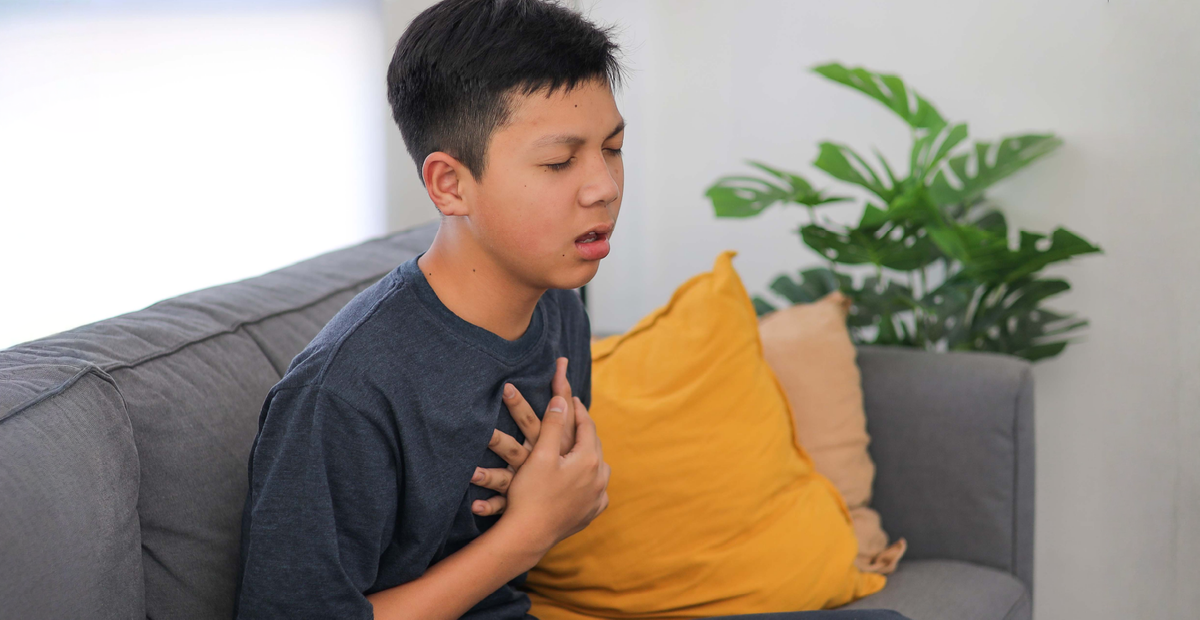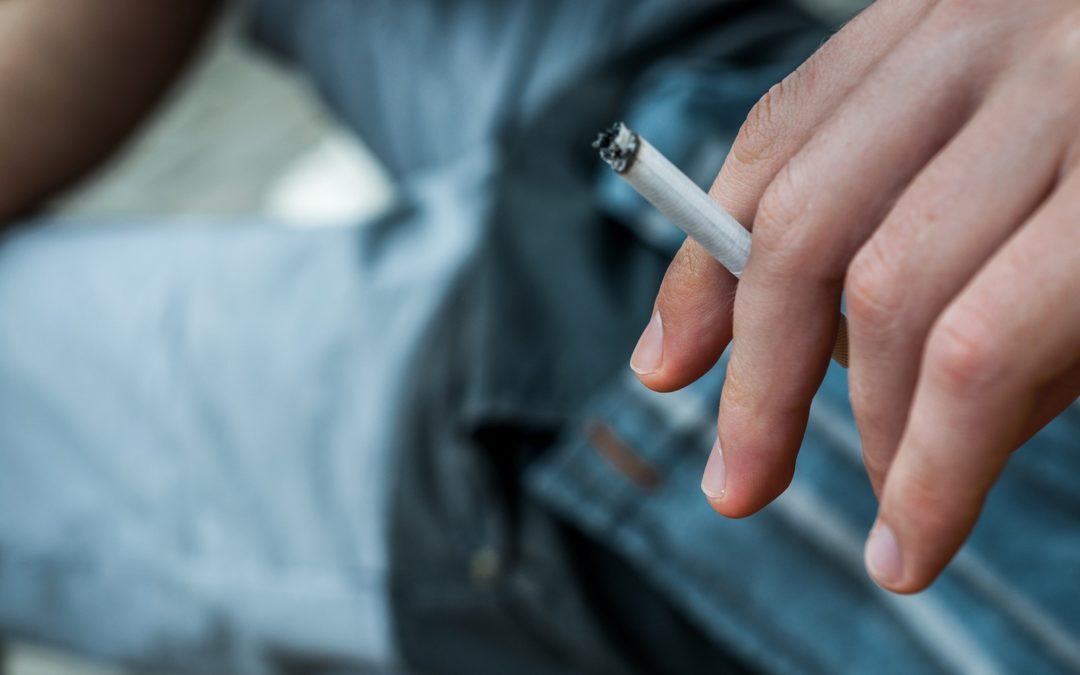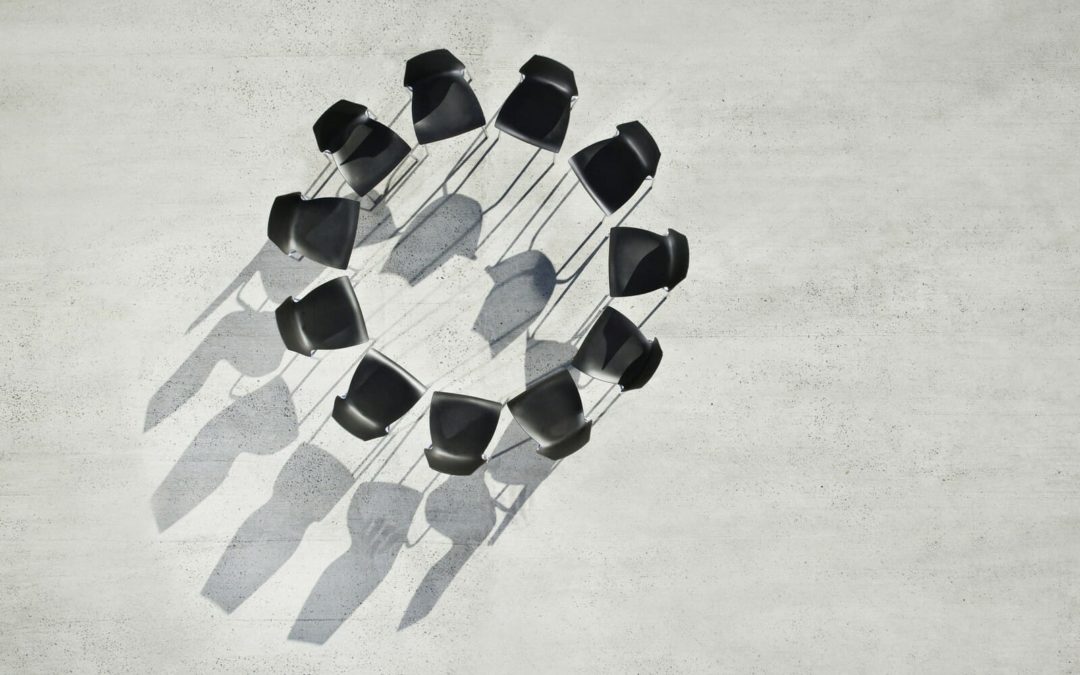In the United States, marijuana is the most commonly used illicit drug among teens. In fact, according to a recent study, nearly 27 percent of high school students have tried marijuana. However, using marijuana can perpetuate symptoms of anxiety.
With all these harmful effects in mind, many teenagers continue to consume marijuana to reduce anxiety. Yet, the risks of marijuana often outweigh any benefits. Let’s look at the risks of using marijuana to treat anxiety and explore alternative therapies.
About Marijuana
Marijuana is high in tetrahydrocannabinol (THC). THC composes most of marijuana’s psychoactive components. The content may vary depending on the strain of marijuana and its intended use. While marijuana might treat anxiety, many teenagers also use it for recreational purposes in social gatherings or at home. Since marijuana is becoming easier to attain, teens could quickly develop a substance use disorder.
The Link Between Marijuana and Anxiety
The ongoing controversy about the safety of marijuana continues to evolve significantly regarding teenagers. Teenagers experience pressure because of their schoolwork, extracurricular activities, and relationships. Alternatively, anxiety remains a serious issue among teenagers. Therefore, it is important to pay attention to your teen’s behavior to help you understand the signs of anxiety.
Some examples of anxiety include:
- Separation Anxiety: Experiencing severe fear when separated from loved ones or caregivers.
- Phobias: Showing severe fear regarding certain circumstances or things like going to the mall or encountering insects or animals.
- Social Anxiety: Exhibiting terror over places where they will encounter people.
- General Anxiety: Worrying about the future or fearing the worst-case scenario happening.
- Panic Disorder: Experiencing sudden, unexpected, intense fear that comes with symptoms like heart pounding, having trouble breathing, or feeling dizzy, shaky, or sweaty.
When anxiety becomes severe, many teenagers use marijuana to reduce symptoms. They might feel drawn to it because of its euphoric effect. In addition to peer use, willingness to use might be influenced by how some adults respond to marijuana and its portrayal in media.
According to a 2017 national survey of more than 9,000 Americans, 81 percent of participants stated that marijuana provided the following benefits:
- Increased sense of calm
- Improved relief from stress
- Improved sleep
However, marijuana holds many disadvantages. Further, these adverse symptoms have a more pronounced effect, particularly in teenagers.
THC and the Adolescent Brain
A study discovered that the THC in marijuana causes harm to the adolescent brain. THC directly interferes with the central nervous system’s processes that regulate emotional and cognitive behaviors. The study also reveals that continued marijuana use can lead to risky behaviors such as increased marijuana use and aggressive and delinquent behaviors.
Additional consequences of marijuana use among adolescents include:
- Poor decision making
- Lower aptitude for learning and recalling information
- Short term memory loss
- Poor performance on tests due to lack of attention and memory
- Slower processing speed, poor verbal skills, and sequencing abilities
What Are the Dangers of Using Marijuana?
Marijuana use can pose many dangers, such as impaired judgment and loss of motor skills.
Other common dangers of marijuana include:
- Marijuana is highly addictive and can lead to a substance use disorder.
- Teens can experience withdrawal symptoms if they stop using marijuana. Marijuana withdrawal symptoms include anxiety, depression, lethargy, loss of appetite, irritability, and cravings for marijuana.
- Continued marijuana use may cause sudden mood swings and increased anxiety among teens.
- High doses of marijuana can cause teens to experience psychosis. These hallucinations could be auditory or visual.
- Continued dependence on marijuana may lead to teens being more passive or withdrawn from their environment or previous interests.
Anxiety-Relieving Activities
If anxiety becomes severe, your teen can benefit from behavioral therapies to reduce anxiety. Such treatments often include cognitive-behavioral therapy (CBT). Using CBT will help your teenager reduce their anxiety. CBT treats anxiety and depression and can uncover the root of their negative feelings. It also functions to change the thought patterns from negative to positive. By instilling effective thinking patterns within the teen, their behaviors improve.
In addition, there are many other natural options for anxiety relief that don’t require the use of medical marijuana or any other medication.
Practices that help reduce anxiety include:
- Mindfulness meditation
- Journaling
- Breathwork
- Yoga
- Dialectical behavioral therapy (DBT)
- Support groups
- Exercise
Utilizing these practices will build the foundational elements necessary for a teen to continue to develop and grow. Such tools will also help them confront challenges, develop problem-solving skills and attain better confidence and self-esteem. Taking any medication or using marijuana to treat anxiety always poses a risk. Therefore any medication to treat anxiety should be discussed and approved by a healthcare professional.
Austin Davis, LPC-S
Founder & CEO
Originally from the Saginaw, Eagle Mountain area, Austin Davis earned a Bachelor of Science in Pastoral Ministry from Lee University in Cleveland, TN and a Master of Arts in Counseling from The Church of God Theological Seminary. He then went on to become a Licensed Professional Counselor-Supervisor in the State of Texas. Austin’s professional history includes both local church ministry and clinical counseling. At a young age, he began serving youth at the local church in various capacities which led to clinical training and education. Austin gained a vast knowledge of mental health disorders while working in state and public mental health hospitals. This is where he was exposed to almost every type of diagnosis and carries this experience into the daily treatment.
Austin’s longtime passion is Clearfork Academy, a christ-centered residential facility focused on mental health and substance abuse. He finds joy and fulfillment working with “difficult” clients that challenge his heart and clinical skill set. It is his hope and desire that each resident that passes through Clearfork Academy will be one step closer to their created design. Austin’s greatest pleasures in life are being a husband to his wife, and a father to his growing children. He serves at his local church by playing guitar, speaking and helping with tech arts. Austin also enjoys being physically active, reading, woodworking, and music.




